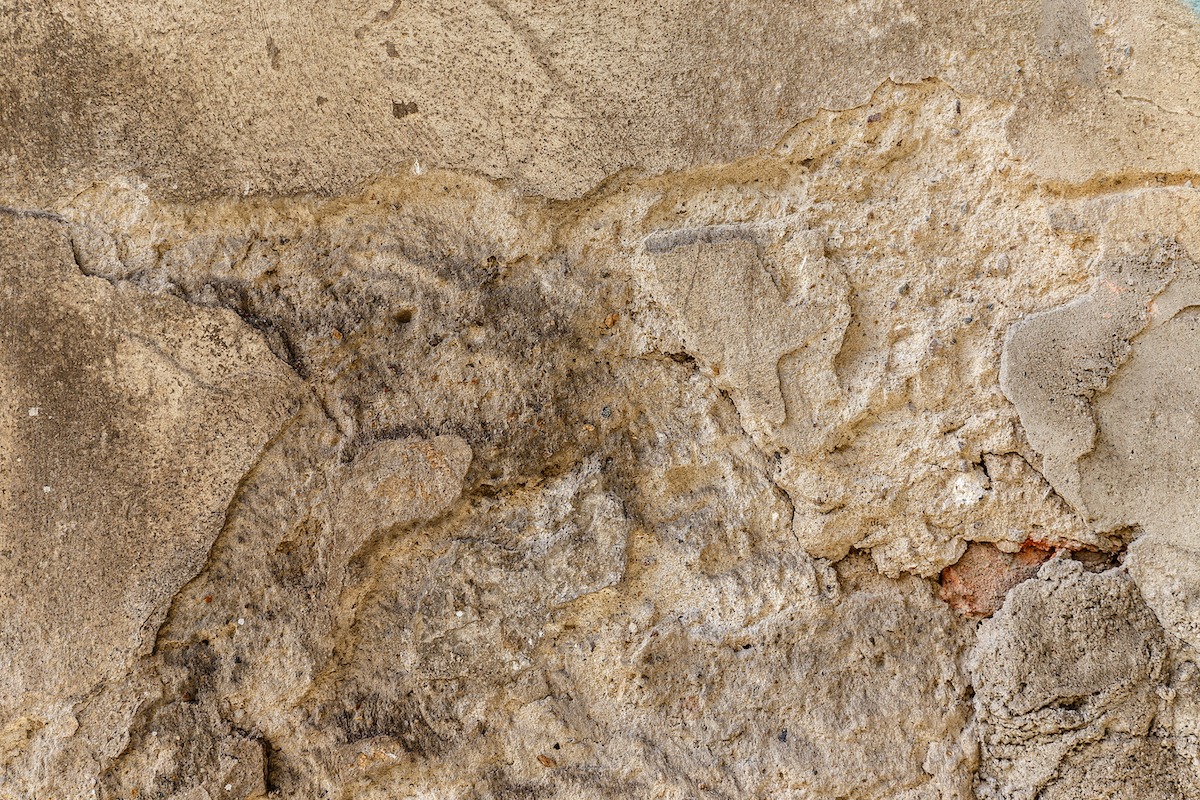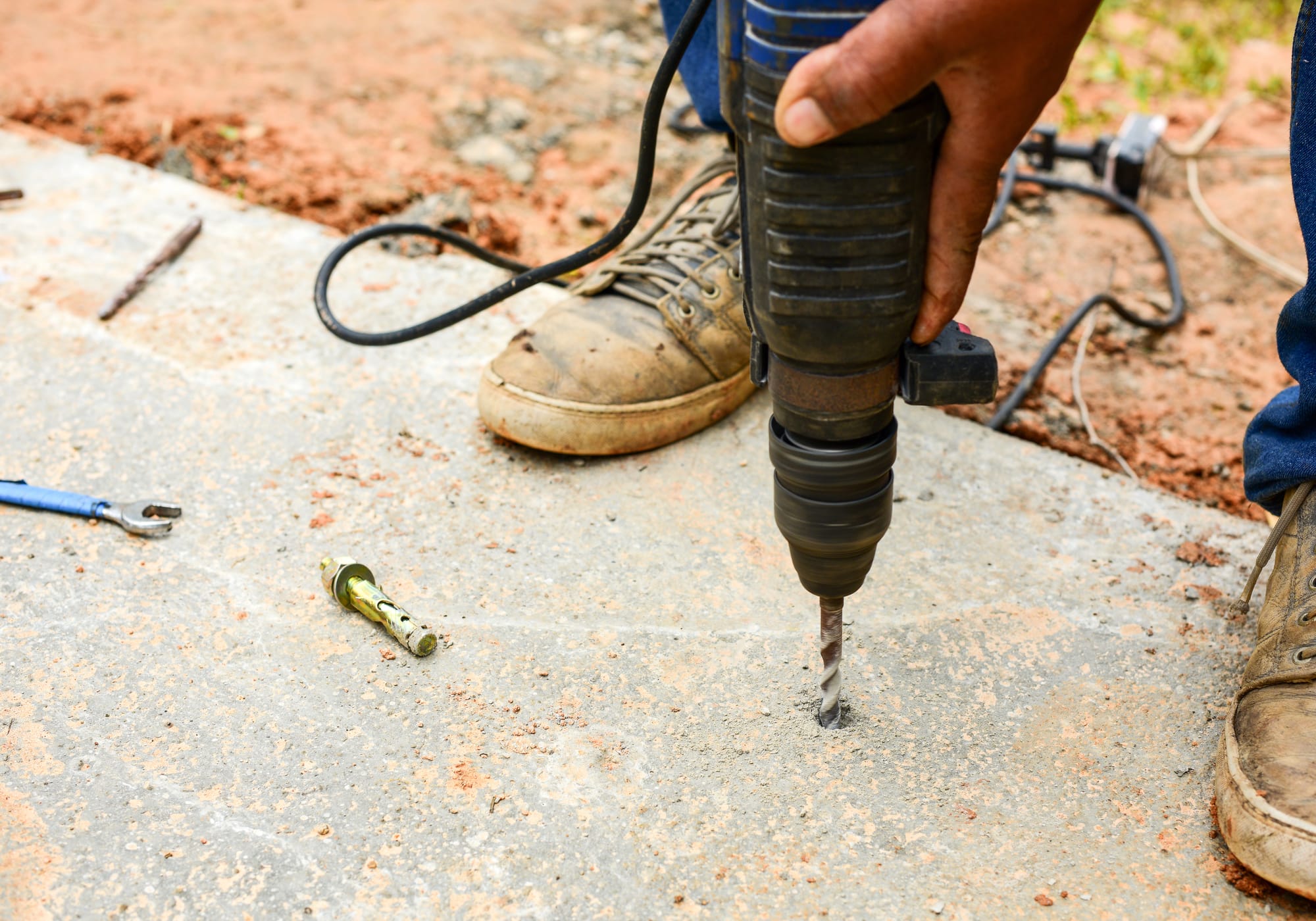Have you ever had to deal with uneven concrete? Have you ever seen the frustration on someone’s face when the concrete that they poured is not at all level? Well, if you’re tired of that, then learn more about how NOT to have this happen to you.
What Causes Uneven Concrete?
1.Not Leveling up Properly
Too much vibrating and vibrating too much will cause vibration in the top of the concrete. This will result to unevenness. The trick to doing this is by taking less vibrations and by mixing the concrete well.
2. The Water-Cement Ratio is Wrong
The water-cement ratio should be 1:2:4, but sometimes, people engage in pouring too much water into it resulting in a bad mixture of concrete. This is not only why you’re having problems with your structures, but also why you have uneven concrete.
3. The Mixing Time is Short
If the concrete is not well mixed, then it will result in an unleveled concrete. Make sure you see to it that you’re mixing well before pouring it into your formwork.
4. Insufficient Compacting
After filling the formwork with concrete, you should make sure that the formwork is properly compacted so as to get a smooth surface on your structure. If this isn’t done right, then you’ll have uneven concrete.
5. Lack of Forms
If you want to avoid uneven concrete, then you should always see to it that you’re pouring the concrete into level forms. Without such kind of help, the concrete may not reach its full potential and end up uneven.
What Can You Do To Prevent Uneven Concrete?
1.Have a Leveled Surface Beforehand
Make sure that you’re leveling your surface before pouring in your concrete. If not, then the problem will only come later on. To be more specific, if the bottom of your concrete can be level, then the first 5 inch or so will always be uneven.
2. Water-Cement Ratio is Properly Mixed
You should always make sure that the concrete you’re pouring is not only well mixed, but it is also has a proper water-cement ratio. If such isn’t done right, then you’ll end up with uneven concrete and this will cause you a lot of heartache in the end.
3. Level the Forms
Once you’re done filling the forms with concrete, you should always make sure that it is level and compacted as well. This will prevent any problem from arising later on.
4. Have a Level Surface Afterward
Level your forms again after pouring the concrete so that you can be certain that your concrete is well-leveled. If not, then there will be problem in the future.
What Should You Do Once You’ve Uneven Concrete?
Once you notice that your structure is uneven, then you should immediately take action. The best way to go about this is by removing the top portion of the concrete that is not leveled correctly and start over. This will not only prevent any problem later on, but it will also make sure that you’re leveling properly.
Uneven concrete can be a real nightmare if you don’t take any action right away. After weighing all the possibilities, you’ll get to notice why taking any concrete project can be stress-inducing in the end.










Recent Comments